This page is not compatible with Internet Explorer.
For security reasons, we recommend that you use an up-to-date browser, such as Microsoft Edge, Google Chrome, Safari, or Mozilla Firefox.
Our Technology
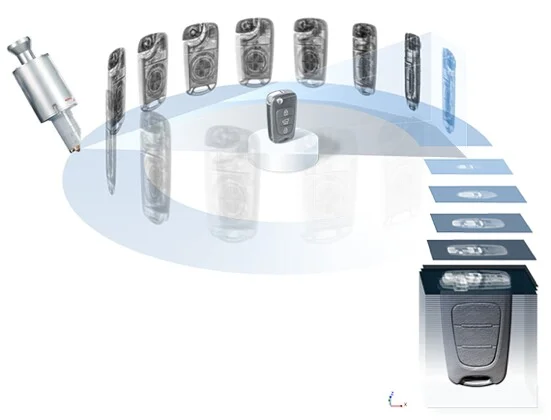
Industrial CT as a Basis
Volume Graphics helps you learn as much about your product as possible. Industrial CT is the ideal tool for this, as a CT scan reveals every aspect of a component. Our software uses the numerous projections that are collected during the scan to reconstruct a three-dimensional volume including all material and geometric information.
Voxel
Voxel
The smallest distinguishable element of a volume that has been generated with a CT scanner is a voxel. A voxel is the 3D-equivalent of a pixel. Each voxel has a gray value. This gray value allows conclusions to be drawn about the material because it usually corresponds to the X-ray absorption at this point. The darker the voxel, the more radiolucent the material. The brighter the voxel, the more impermeable the material. For example, air is represented as black, lead is represented as white. Between material and air is the surface. By default, this material boundary is defined by one single gray value.

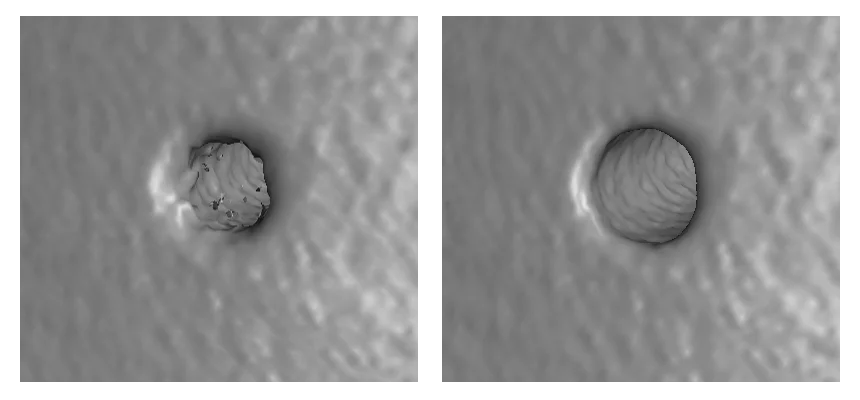
More Detailed Surfaces
More Detailed Surfaces
For an extremely detailed and accurate surface determination, our software processes the gray value of a voxel depending on the gray values of the surrounding voxels. The result of this Advanced Surface Determination is a material boundary that is defined by locally adapted gray values and shows more details. It even makes details that are smaller than a voxel visible.
More Than Voxels
More Than Voxels
Volume Graphics software offers the ability to display and analyze both voxel and polygon data within a single application. This is because our applications also support other 3D-file formats such as point cloud, mesh, and CAD*. Gone are the days of time-consuming data conversions.
*the basic version of VGStudio MAX supports STEP and IGES formats; support for native CAD formats and PMI can be achieved through optional add-on modules.
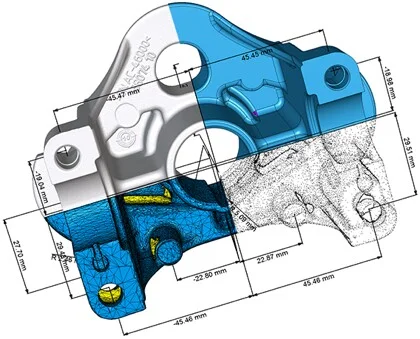
*the basic version of VGStudio MAX supports STEP and IGES formats; support for native CAD formats and PMI can be achieved through optional add-on modules.
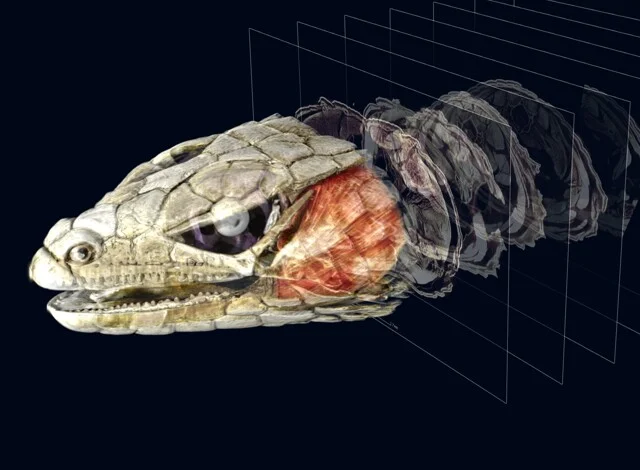
The CT Reconstruction Module calculates three-dimensional volume data sets from the images taken by your CT scanner
Reconstruction
Reconstruction
The reconstructed volume data set has a decisive influence on the quality of any subsequent analysis and visualization. The CT reconstruction functions offered by Volume Graphics quickly and precisely calculate three-dimensional volume data sets from the images taken by your CT scanner.
Analysis
Analysis
Volume data treat a scanned object as what it is: a 3D object. Building on that, Volume Graphics software offers plenty of options to manipulate the object, perform analyses, and create visualizations. Several add-on modules further enhance the analysis capabilities of our software. They allow various material and geometry-related analyses based on the original voxel data.

Nominal/Actual Comparison Module: color-coded results of deviations and local annotations
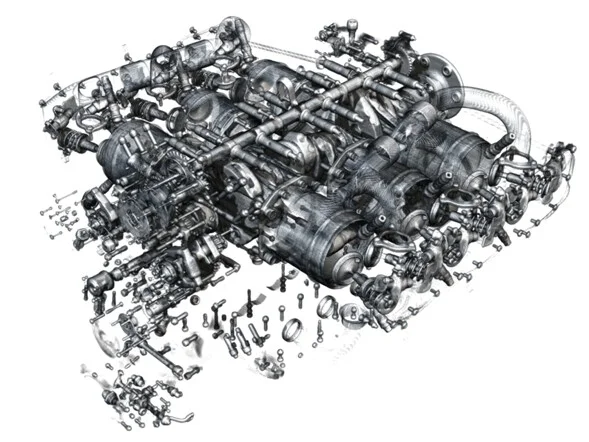
The VGL kernel can produce complex visualizations with photo-realistic illumination
Visualization
Visualization
The so-called VGL kernel is at the center of Volume Graphics Software. It’s able to render any number of volume data sets (such as MRT or CT scans) and polygon data sets (such as CAD models) in one scene. Photo-realistic illumination is applied to all objects, both volume data and polygon data. A range of clipping features allow you to "look" into the visualized object.
Solutions for Your Specific Needs
Solutions for Your Specific Needs
Discover what Volume Graphics software can do for you, regardless of whether you work in an industrial or scientific environment.